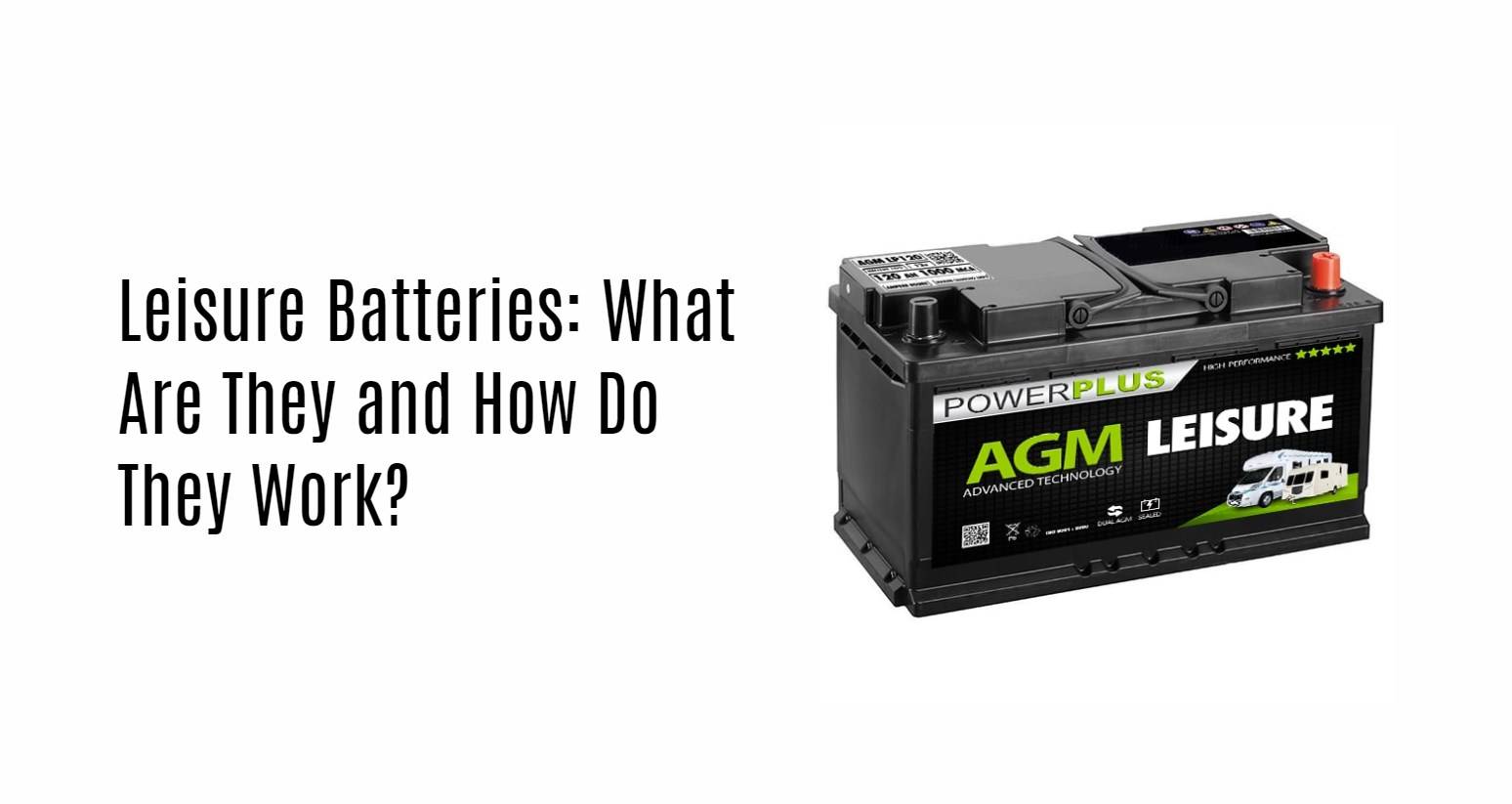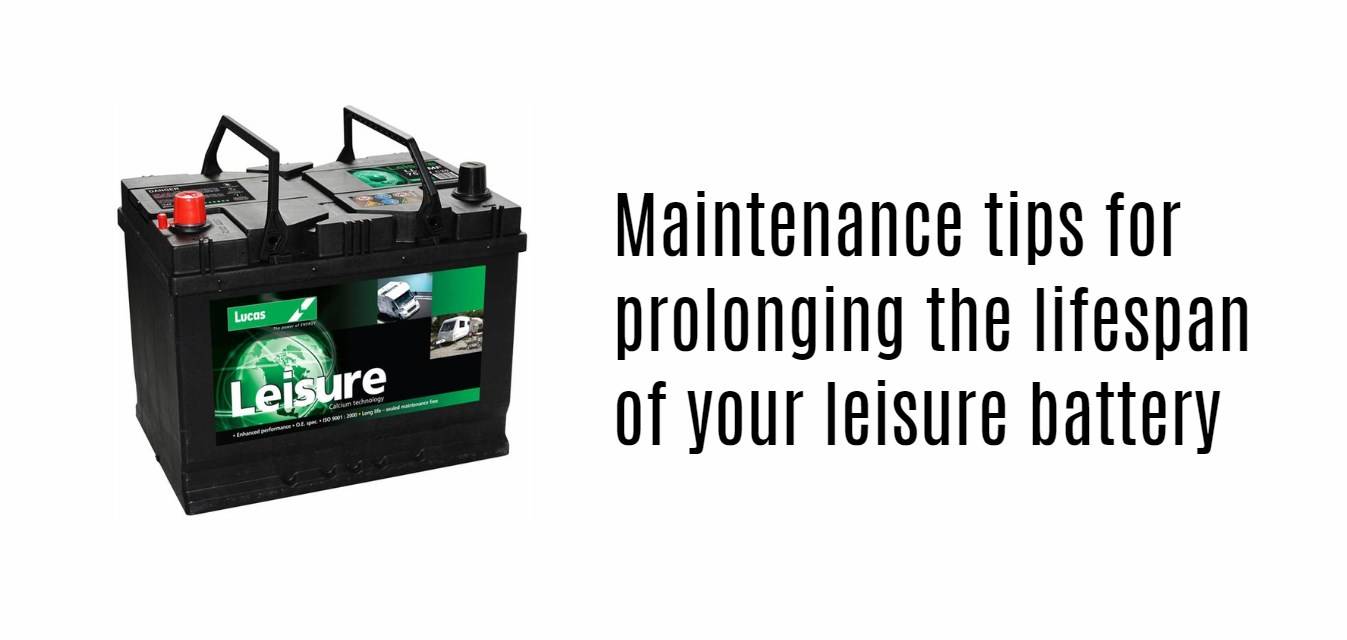Leisure batteries are specially designed to provide a steady amount of current over extended periods, making them ideal for powering appliances in caravans, motorhomes, and boats; understanding their types, differences from starter batteries, and best practices for use is essential for maximizing their performance and lifespan.
What Are Leisure Batteries and Their Purpose?
Leisure batteries are deep-cycle batteries designed to deliver power to 12V appliances over longer durations; they are commonly used in recreational vehicles (RVs), caravans, and boats to run devices such as lights, refrigerators, and other electronics without relying on the vehicle’s starter battery.
Chart: Key Characteristics of Leisure Batteries| Characteristic | Description |
|---|
| Deep Cycle Capability | Designed for repeated discharge and recharge |
| Voltage | Typically 12V |
| Common Uses | RVs, caravans, boats |
How Do Leisure Batteries Differ from Starter Batteries?
Leisure batteries differ significantly from starter batteries in their design and function; while starter batteries provide a quick burst of energy to start an engine, leisure batteries are built to provide sustained power over longer periods, allowing deeper discharges without damage.
Chart: Comparison Between Battery Types| Feature | Starter Battery | Leisure Battery |
|---|
| Purpose | Starting engines | Powering appliances |
| Discharge Depth | Shallow (10-20%) | Deeper (50-60%) |
| Cycle Life | Fewer cycles (500-1000) | More cycles (2000-3000 or more) |
What Types of Leisure Batteries Are Available?
There are several types of leisure batteries available, including:
- Lead-Acid: The most common type, available in flooded or sealed variants.
- AGM (Absorbed Glass Mat): Maintenance-free with good vibration resistance.
- Gel: Similar to AGM but uses a gel electrolyte.
- LiFePO4 (Lithium Iron Phosphate): Lightweight with long cycle life and fast charging capabilities.
Chart: Types of Leisure Batteries| Type | Advantages | Disadvantages |
|---|
| Lead-Acid | Cost-effective | Heavier, shorter lifespan |
| AGM | Maintenance-free | Higher initial cost |
| Gel | Spill-proof | Limited discharge rates |
| LiFePO4 | Long lifespan, lightweight | Higher upfront cost |
How Does Temperature Affect the Performance of Leisure Batteries?
Temperature has a significant impact on leisure battery performance; extreme temperatures can reduce capacity and efficiency:
- High Temperatures: Can lead to overheating and reduced lifespan.
- Low Temperatures: May cause decreased capacity and slower charging rates.
Chart: Temperature Effects on Battery Performance| Temperature Range | Effect on Performance |
|---|
| Below 0°C | Reduced capacity |
| 0°C – 25°C | Optimal performance |
| Above 25°C | Increased risk of thermal runaway |
What Factors Influence the Lifespan of a Leisure Battery?
Several factors can influence how long a leisure battery lasts:
- Depth of Discharge (DoD): Regularly discharging below recommended levels can shorten lifespan.
- Charging Practices: Overcharging or using incompatible chargers may lead to damage.
- Temperature Conditions: Extreme temperatures can accelerate degradation.
How Can You Optimize Charging Cycles for Better Performance?
To optimize charging cycles:
- Use a charger specifically designed for leisure batteries.
- Avoid deep discharges by recharging at around 50% capacity.
- Monitor charging times to prevent overcharging.
Expert Views
“Understanding how leisure batteries work and how to maintain them is crucial for anyone relying on them for power during outdoor adventures,” states Dr. John Smith, an expert in renewable energy systems.
FAQ Section
- What is the ideal charging range for a leisure battery?
It’s best to charge between 20% and 80% capacity to prolong battery life. - How often should I check my leisure battery’s health?
Regular checks every few months are recommended to ensure optimal performance. - Can I use a regular car battery charger for my leisure battery?
No, always use a charger specifically designed for leisure batteries to prevent damage.







